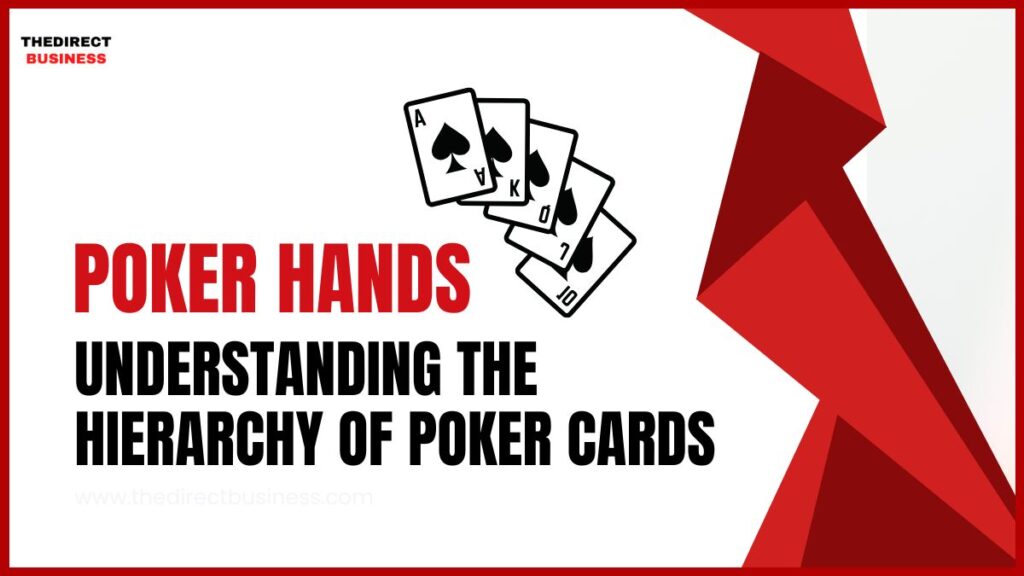
Introduction :
Poker, a popular card game, has captivated players worldwide for generations. Central to this exciting game are poker hands and poker cards. Understanding the hierarchy of poker hands and their relation to poker cards is crucial for success at the table. In this comprehensive guide, we will delve into the various poker hands, explore the significance of poker cards, and reveal strategies to improve your poker prowess.
1. Poker Cards: The Foundation of the Game :
Before diving into the intricacies of poker hands, it is essential to grasp the significance of poker cards. A standard deck consists of 52 cards, divided into four suits – hearts, diamonds, clubs, and spades. Each suit comprises thirteen cards: Ace, 2 through 10, and three face cards – Jack, Queen, and King. The value of these cards varies based on their face or number, making them the building blocks of poker hands.
2. Poker Hands Defined: Ranking and Classification :
Poker hands represent specific combinations of cards, each possessing its unique value and ranking. The standard poker hand hierarchy consists of several categories, from the highest-ranked to the lowest. The royal flush tops the list, comprising five consecutive cards of the same suit from 10 to Ace. Following that, the straight flush combines five consecutive cards of any suit, with the highest-ranking card determining the winner.
Next are four of a kind, which involves four cards of the same rank, followed by a full house, comprising three cards of one rank and two cards of another. The flush contains five cards of the same suit, not in consecutive order, while the straight involves five consecutive cards of different suits.
Lower-ranking hands include three of a kind, two pairs, one pair, and high card, which lacks any poker hand combination.
3. Poker Hands in Practice: Probability and Odds :
Mastering poker hands requires an understanding of probability and odds. As each hand’s occurrence varies in probability, calculating the likelihood of specific poker hands can enhance your gameplay. Royal flushes and straight flushes are incredibly rare, making them elusive but highly rewarding.
Conversely, high-card hands are more common but offer minimal value in winning a poker round. Understanding these probabilities enables players to make informed decisions and strategize effectively during the game.
4. Strategy and Bluffing: Using Poker Hands to Your Advantage :
Beyond understanding poker hands, utilizing them strategically is the key to success. Players can use the strength of their hand to bluff opponents and deceive them into making unwise decisions. For instance, representing a strong hand with a well-timed bluff can force opponents with weaker hands to fold, securing you the pot even without a winning hand.
Additionally, recognizing patterns and tendencies in opponents’ play can help decipher their potential poker hand, allowing you to adjust your strategy accordingly. Observing betting patterns, body language, and previous actions can provide valuable information during the game.
Conclusion :
In conclusion, poker hands and poker cards are the fundamental elements of the enthralling game of poker. Understanding the hierarchy of poker hands and employing them strategically are essential to excel at the table. By honing your skills in analyzing poker hands and mastering probability, you can enhance your gameplay and increase your chances of success.